Advertisement
A young robotics startup has garnered attention this week by introducing a new AI model specifically designed for robotic arms. The company claims this breakthrough brings much-needed intelligence and adaptability to machines that, until now, have relied heavily on rigid programming. Robotic arms are no longer confined to repetitive tasks on factory lines.
With smarter AI guiding their movements, these machines may soon handle delicate and dynamic jobs that once required human hands. This launch hints at a future where machines can adjust to unpredictable conditions rather than follow fixed scripts.
Robotic arms have long been the backbone of manufacturing, known for their strength and exactness. But they've always had one big limitation — they can't think on their feet. Most are locked into rigid routines and falter if something unexpected happens. This new AI model changes that entirely. Built on advanced neural networks trained with massive amounts of data — from movement patterns to object shapes and real-world surprises — it enables robotic arms to sense and react in real time. If a part is out of place or a new object enters its path, the arm adjusts instantly, rather than shutting down or making errors.
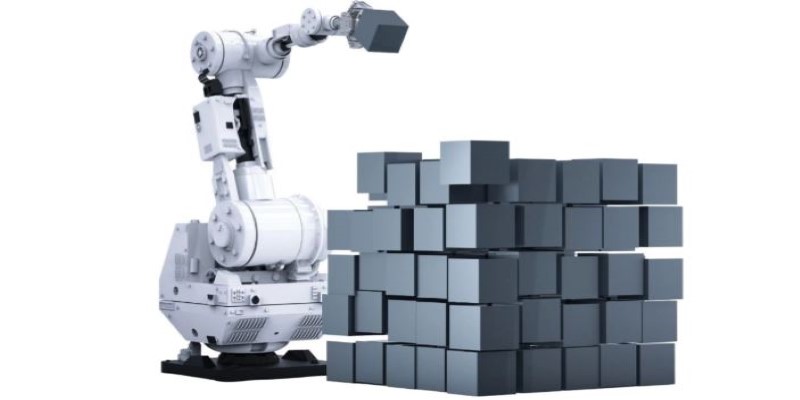
The engineers behind it wanted more than just smart responses; they aimed for speed and fluidity. The system can decide its next move in milliseconds, making its motions feel natural instead of stiff. Even better, the arm learns as it goes, getting sharper and more precise with every task. Over time, it becomes more skilled at spotting and adapting to subtle changes in its environment. This kind of responsiveness opens up jobs that used to be impossible for robots — gently handling fragile products, preparing food, or working where conditions change constantly.
The backbone of the new system is a deep-learning architecture optimized for spatial awareness and dynamic planning. Engineers combined visual input from high-resolution cameras with touch sensors embedded in the robotic grippers. This combination enables the AI to develop a detailed, three-dimensional understanding of its interactions. Unlike earlier models that relied solely on vision or pre-programmed trajectories, this system processes feedback in real time.
The model integrates reinforcement learning, where the arm tries different approaches to a task and learns which are most successful through trial and error. It is also designed to transfer skills between tasks. For example, if it learns to handle soft materials like fabric in one setting, it can apply similar techniques when dealing with different but equally delicate materials in other settings.
Another key feature is its adaptability to variable lighting and cluttered spaces — two major challenges for industrial robots. The AI has been trained to function effectively even in dim light or when its view is partially blocked. These improvements make it more reliable in environments outside pristine factory floors.
The startup envisions its technology moving beyond the traditional industrial sector. Healthcare is one area they’re exploring, where robotic arms could help in operating rooms by handing tools, holding tissues steady, or even stitching wounds with high precision. Their ability to adapt on the fly makes them more suited to the unpredictability of a surgical setting than older robotic systems.
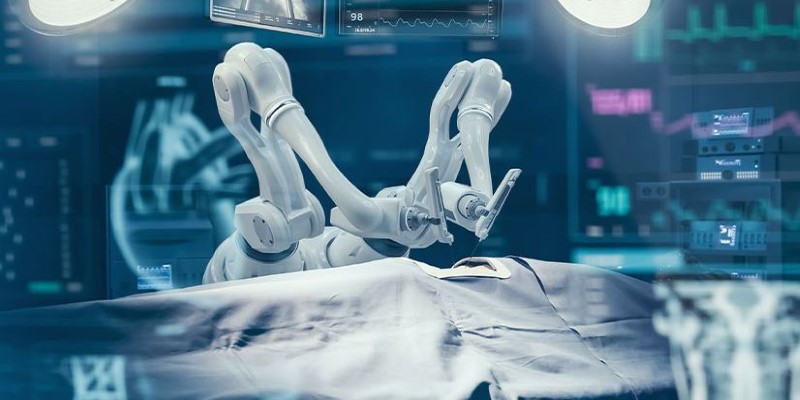
Food service is another potential application. Preparing meals often involves a surprising degree of variability — no two vegetables are the same shape or firmness, and ingredients can move unexpectedly. Early tests have shown the model is capable of gripping and slicing produce without crushing it, an ability that could revolutionize automated kitchens.
There’s also growing interest in using the technology for recycling and waste sorting. Conventional machines often fail when confronted with irregularly shaped or dirty materials. By contrast, this AI-guided arm can quickly assess an object’s shape and surface, choosing the right way to pick it up and sort it appropriately. This could improve efficiency in recycling plants, where contamination and variability are ongoing problems.
By embedding this level of intelligence directly into robotic arms, the company is challenging long-held assumptions about what machines can and cannot do. In the past, flexibility and learning were seen as uniquely human traits, while robots excelled only at repeatable tasks. This new AI model begins to bridge that gap, making machines capable of handling nuance and unpredictability.
For industries, this could mean fewer interruptions, lower error rates, and less dependence on human oversight for routine tasks. For workers, it raises questions about how roles might change as machines take on responsibilities once thought out of reach. The startup has emphasized that its goal isn't to replace workers entirely, but to create tools that can work alongside people, taking on tedious or physically demanding tasks.
As the technology matures, we’re likely to see robotic arms entering places we never expected — from hospital wards to restaurant kitchens to disaster zones where conditions are too dangerous for humans. And while it’s still early days, the ability of this AI model to learn and adapt suggests a future where machines not only follow orders but also make decisions that fit the moment.
The launch of this AI model marks a significant step forward for robotics, showing just how far intelligent automation has come. By giving robotic arms the ability to adapt to real-world unpredictability, this technology could reshape industries and change how machines work alongside people in meaningful ways. While challenges remain in scaling the technology and ensuring it functions reliably in every possible setting, its potential is hard to ignore. As these smart arms find their place in workplaces, homes, and beyond, they may become one of the most visible and practical signs of how artificial intelligence is moving from research labs into the everyday world.
Advertisement

Google’s Agentspace is changing how we work—find out how it could revolutionize your productivity.

Discover the top eight ChatGPT prompts to create stunning social media graphics and boost your brand's visual identity.

Meta launches Llama 4, an advanced open language model offering improved reasoning, efficiency, and safety. Discover how Llama 4 by Meta AI is shaping the future of artificial intelligence
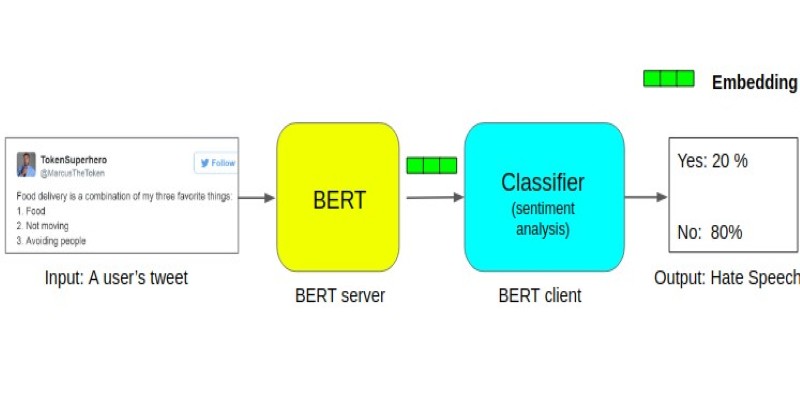
Learn about the BERT architecture explained for beginners in clear terms. Understand how it works, from tokens and layers to pretraining and fine-tuning, and why it remains so widely used in natural language processing

Dynamic Speculation predicts future tokens in parallel, reducing wait time in assisted generation. Here’s how it works and why it improves speed and flow
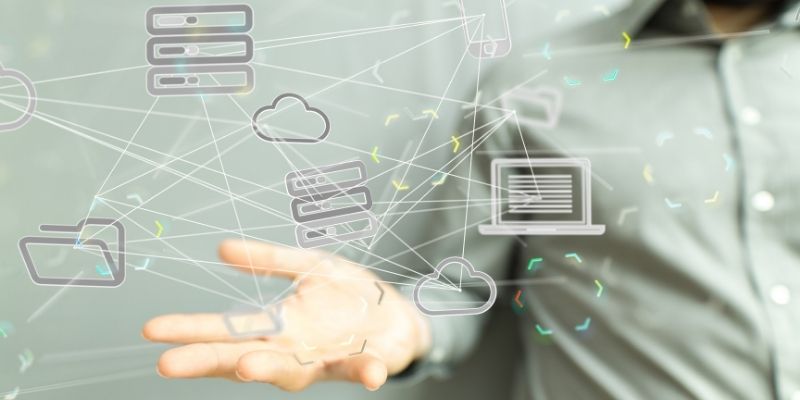
Meta introduces Llama 4, intensifying the competition in the open-source AI model space with powerful upgrades.
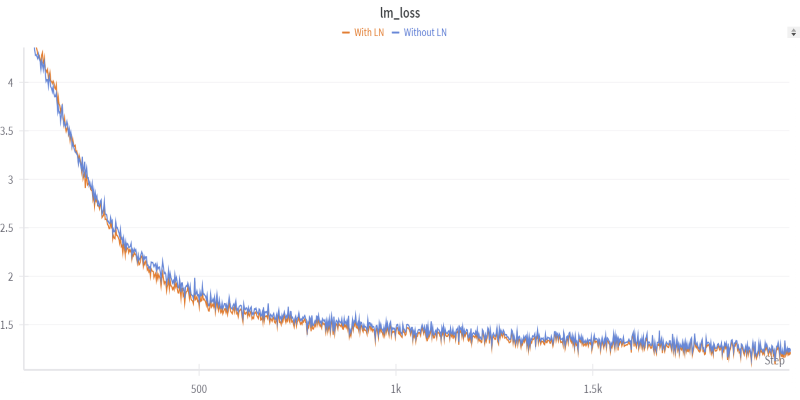
Want to shrink a large language model to under two bits per weight? Learn how 1.58-bit mixed quantization uses group-wise schemes and quantization-aware training
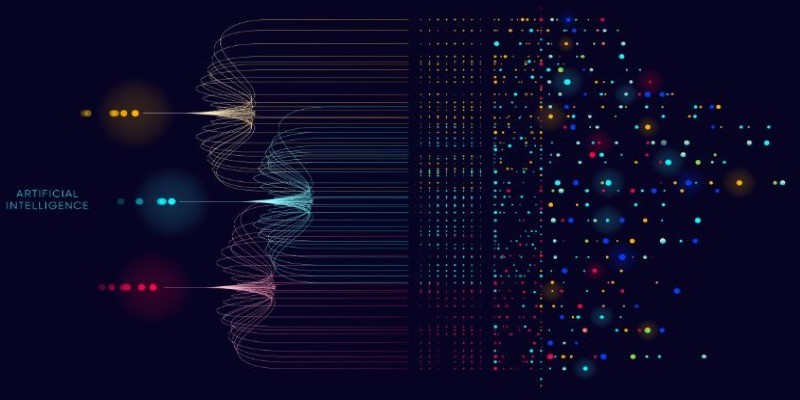
How Salesforce’s Agentic AI Adoption Blueprint and Virgin Atlantic’s AI apprenticeship program are shaping responsible AI adoption by combining strategy, accountability, and workforce readiness
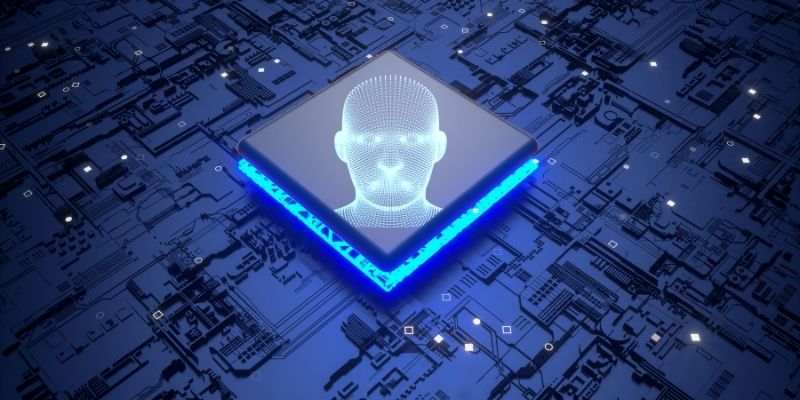
Tech giants respond to state-level AI policies, advocating for unified federal rules to guide responsible AI use.

Google debuts new tools and an agent protocol to simplify the creation and management of AI-powered agents.
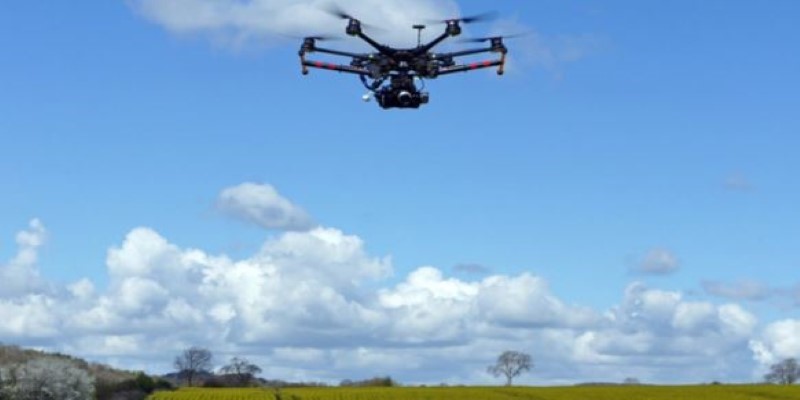
What happens when Nvidia AI meets autonomous drones? A major leap in precision flight, obstacle detection, and decision-making is underway

How AI-powered genome engineering is advancing food security, with highlights and key discussions from AWS Summit London on resilient crops and sustainable farming